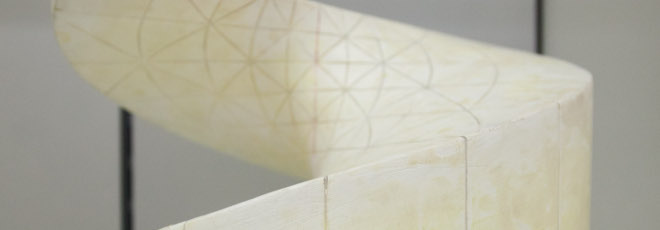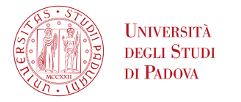
“The Shifted Boundary / Shifted Fracture Method for Computational Mechanics”
Friday, 8 March 2024, h. 12:30 - Room 2BC60 - Guglielmo Scovazzi (Duke University)
Abstract
Embedded/immersed/unfitted boundary methods obviate the need for body-fitted meshing or continual re-meshing in many applications involving rapid response, rapid prototyping and design. Unfortunately, many finite element embedded boundary methods (cutFEM, Finite Cell Method, etc. ) are also difficult to implement due to: (a) the need to perform complex cell cutting operations at boundaries, (b) the necessity of specialized quadrature formulas, and (c) the consequences that these operations may have on the overall conditioning/stability of the ensuing algebraic problems.
We present a new, stable, and simple embedded boundary method, named “Shifted Boundary Method” (SBM), which eliminates the need to perform cell cutting. Boundary conditions are imposed on a surrogate discrete boundary, which encircles a surrogate computational domain constituted of only full elements (no cuts). We then construct appropriate field extension operators by way of Taylor expansions, with the purpose of preserving accuracy when imposing the boundary conditions. We demonstrate the SBM on large-scale solid and fracture mechanics problems; thermomechanics problems; porous media flow problems; incompressible flow problems governed by the Navier-Stokes equations (also including free surfaces); and problems governed by hyperbolic conservation laws, such as the shallow-water equations and the Euler equations of gas dynamics.
In the specific case of fracture mechanics, the SBM takes the name of Shifted Fracture Method (SFM), which can be thought of as an algorithm with the data structure of classical cohesive fracture FEM but with the accuracy and mesh-independence properties of XFEM. We show how the SFM has superior accuracy in capturing the energy released during the fracture process and how the method can be combined with phase-field approaches to simulate crack branching and merging.
Short presentation
Guglielmo Scovazzi is Professor of Civil & Environmental Engineering and Mechanical Engineering & Materials Science at Duke University. His interests are in the general area of computational mechanics, and specifically in CFD, computational solid mechanics, fluid/structure interaction, computational geomechanics, flow through porous media.
He earned B.S./M.S. Degrees in Aerospace Engineering at Politecnico di Torino in 1998. He received a M.S. in 2001 and a Ph.D. in 2004, both from the Mechanical Engineering Department at Stanford University. Between 2004 and 2012, he held a position as Senior Member of the Technical Staff at Sandia National Laboratories, Albuquerque (New Mexico).
Guglielmo Scovazzi is a recipient of the 2014 Early Career Award from the Office of Science of the US Department Of Energy (ASCR program), and the 2017 Presidential Early Career Award for Scientists and Engineers (PECASE). In February 2018, he was named Kavli Fellow by the National Academy of Sciences and the Kavli Foundation. The Kavli Fellowship acknowledges contributions of U.S. scientists under the age of 45. He was also named Distinguished Adjunct Professor at POSTECH (Pohang University of Science and Technology, South Korea).
He is an associate editor of the “Journal of Computational Physics” (Elsevier) and “Computational Geosciences” (Springer) and in the editorial board of “Computer Methods in Applied Mechanics and Engineering” journal (Elsevier), the “International Journal on Numerical Methods for Fluids” (Wiley), the “Engineering with Computers” journal (Springer), and the “Advances in Computational Science and Engineering” journal (American Institute of Mathematical Sciences). He is a member of IACM, SIAM, USACM, ASCE, and ASME.




